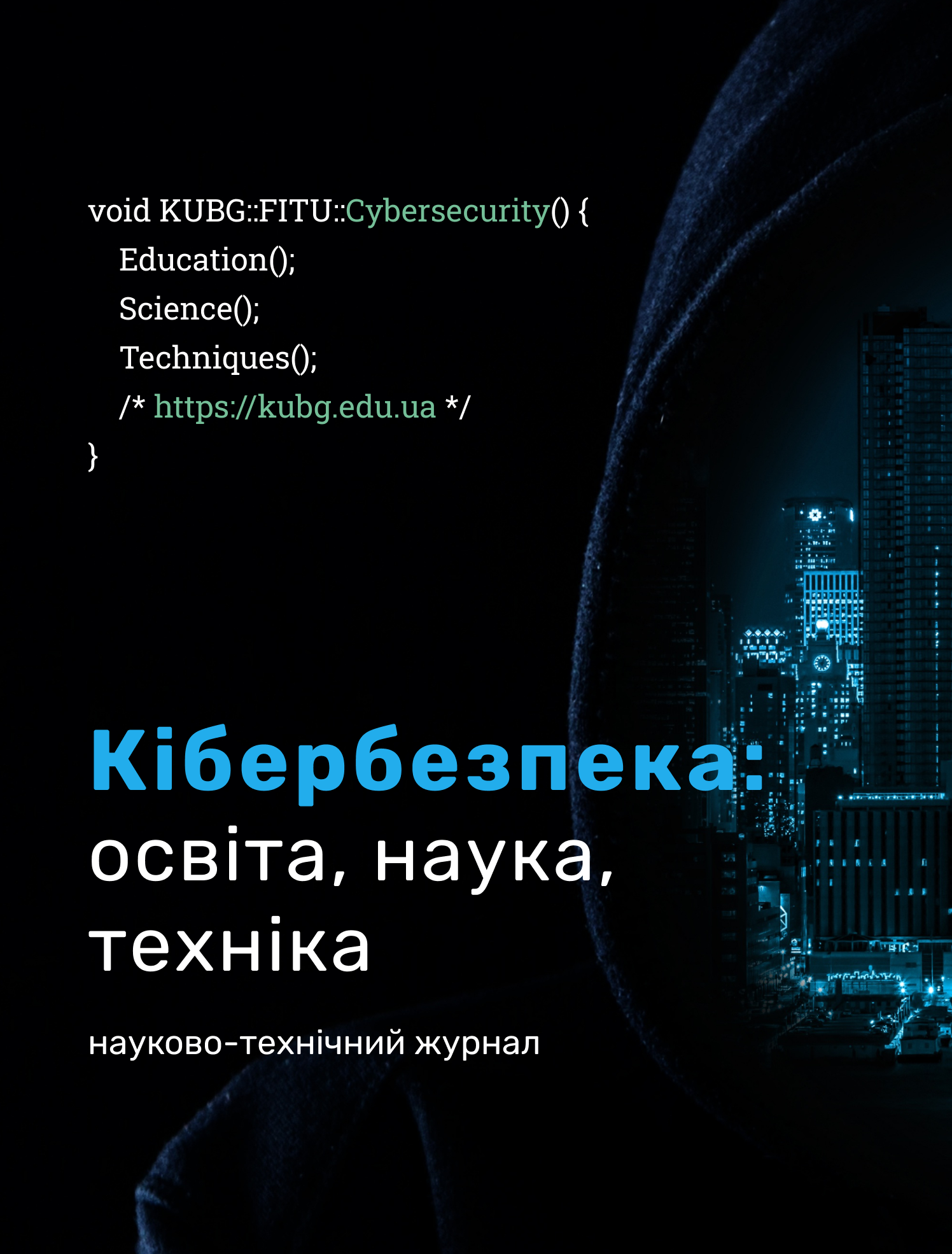METHODS FOR IDENTIFYING OPTIMAL AND NON-OPTIMAL MODES OF COMMUNICATION LINES FUNCTIONING IN CYBER SYSTEMS
DOI:
https://doi.org/10.28925/2663-4023.2024.24.257265Keywords:
communication lines, cybersystems, queueing theory, throughput capacity, average service time, queueing theory, mathematical modeling.Abstract
The article investigates methods for identifying optimal and suboptimal operating modes of communication lines in cybersystems. The primary focus is on identifying relationships between the characteristics of different modes of line usage and performing a comparative analysis of these characteristics for optimal and suboptimal modes. Known relationships for single-channel queueing systems are used as the basis for this analysis. Key parameters analyzed include the average service time of messages, the probability of the line being busy, the average service time of messages without waiting, the average waiting time in the queue, the utilization factor of the communication line, and the memory capacity of the buffer device. Mathematical formulas and theorems describing these relationships are presented. The impact of the coefficient of variation of service times on the average service time in different modes is also studied. Theorems 3 and 4 demonstrate that in the optimal mode, the average service time is significantly reduced compared to the suboptimal mode, with the service delay being the highest under an exponential distribution of service times. The findings can be utilized for developing effective management and optimization methods for the operation of communication lines in cybersystems. The tables and graphs presented in the article enable engineers to perform linear two-parameter interpolation to determine the optimal parameters for communication line operation. The conclusions of the study have significant practical implications for improving the performance and reliability of cybersystems.
Downloads
References
Zaborovsky, V. S. (n.d.). Extensive stochastic and dynamic processes in computer networks: models, methods of analysis for information security systems.
Ivanov, I. P. (n.d.). Modeling and optimization methods in telecommunication systems.
Vasiliev, V. V. (n.d.). Queuing theory and its application.
Tsybakov, B. S. (n.d.). Asymptotic formulas for the probability of packet loss in computer networks.
Skliarenko, O. V., Tereshchuk, G. M., & Kolodinska, Y. O. (2024). Economic and mathematical modeling: Study guide. European University Press.
Published
How to Cite
Issue
Section
License
Copyright (c) 2024 Ірина Доровська, Володимир Доровський, Дмитро Доровський , Роман Яровий

This work is licensed under a Creative Commons Attribution-NonCommercial-ShareAlike 4.0 International License.




